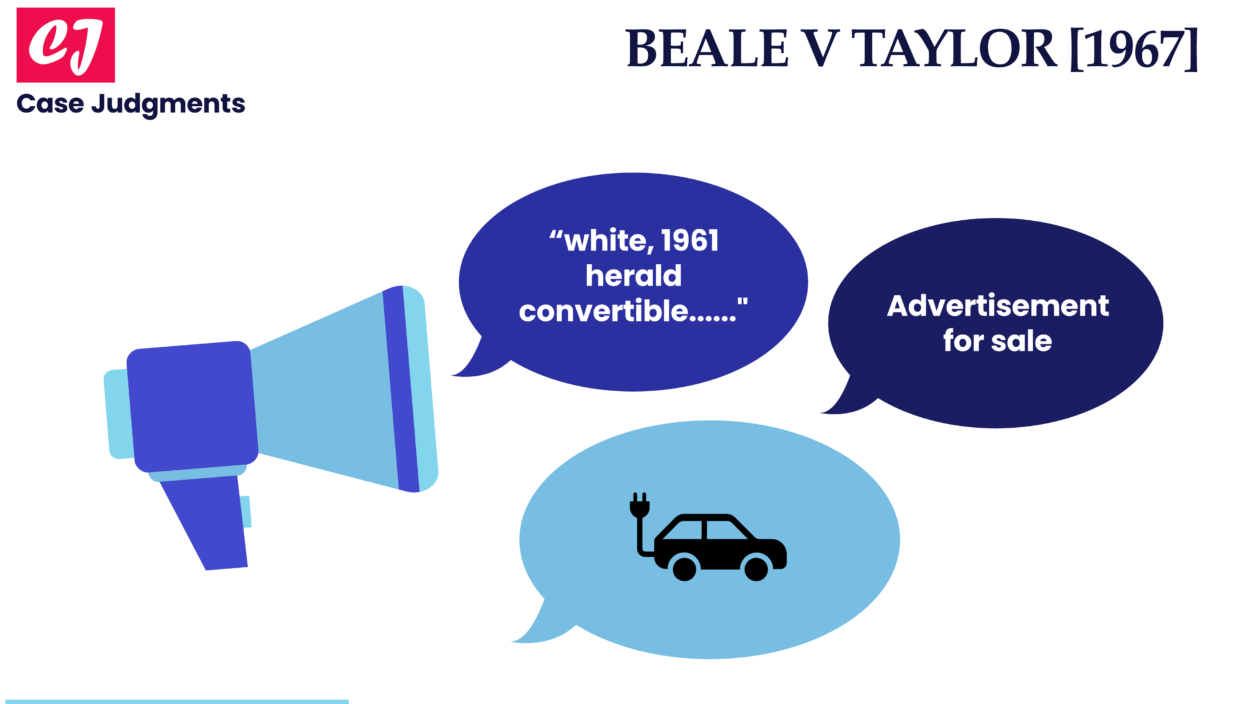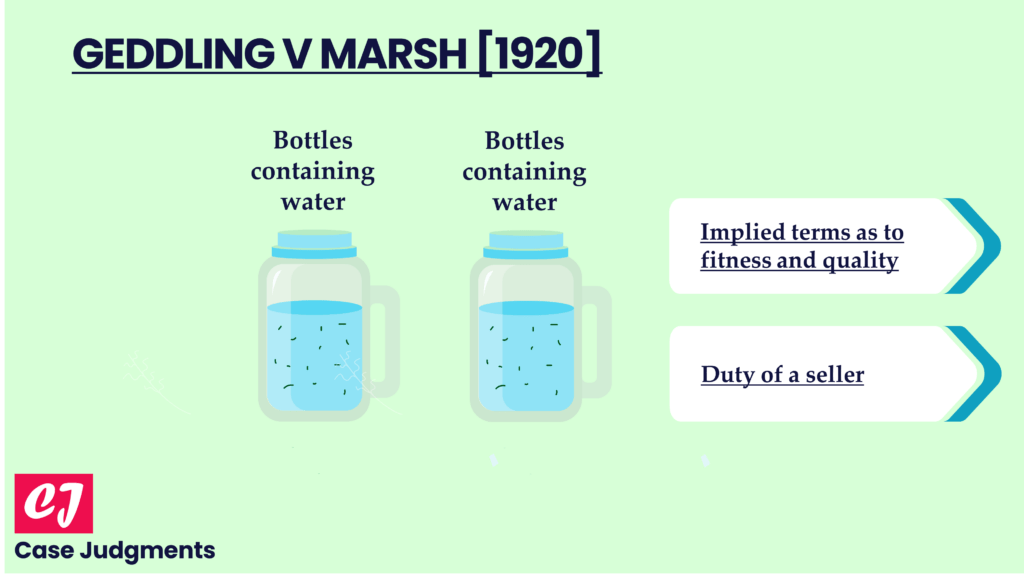
A Quick Summary of Beale v Taylor [1967]
Case name & citation: Beale v Taylor [1967] 1 WLR 1193; [1967] 3 All ER 253
Jurisdiction: England and Wales
Year of the case: 1967
Area of law: Sale by Description, Sale of Goods Act
What is the case about?
This is an English case law concerning the implied condition of “sale by description” in a contract of sale of goods.
Facts of the case (Beale v Taylor)
A 1961 Triumph Herald was advertised for sale by a private seller (Taylor). “White, 1961 Herald Convertible……” were the wordings of the advertisement. The car was inspected and examined by the claimant (Beale). A disc marked “1200” was also found on the rear of the car. The claimant believed the car was indeed a 1961 model and so he bought it.
It was eventually discovered that the car was an amalgamation of two Triumph Heralds, the front and back of which had been joined together. Only half of the car belonged to the 1961 model. The car was discovered to be made up of the rear half of a 1961 model, i.e., the Triumph Herald 1200 attached to the front half of an earlier model (Triumph Herald 948).
Additionally, it was discovered that the car was unsafe and unroadworthy.
Beale filed a lawsuit to claim damages for his loss.
Issue raised in the case
Could the seller be held accountable for failing to sell “as described”?
Judgement of the Court in Beale v Taylor
It was determined that the description in the advertisement was clearly relied upon when purchasing the car.
The Court decided that the vendor was liable because the vehicle did not correspond to the description.
Only the rear half was compliant with the seller’s description.
Hence, there was a breach of Section 13 of the Sale of Goods Act, 1979.
Governing rule behind the decision
Section 13(1) provides that, where there is a contract for the sale of goods by description, there is an implied condition that the goods shall correspond with the description.
Is there a “sale by description” in the case of inspected goods?
The answer to this question is yes and may depend upon the circumstances of each case.
This is so because sometimes even though the buyer has seen and examined the goods, there may still be a sale by description.
In the given case of Beale v Taylor, despite the fact that the claimant had checked the car, it was determined that there had been a violation of Section 13 because he had relied on the description in the advertisement as well as the metal disc at the rear of the car.
Sometimes the discrepancy between the goods and the description is not immediately obvious.
Here in this case, the claimant relied on a description that was misleading, and the mismatch between the description and the actual attributes of the car could not be identified by a casual investigation.
List of references:
- https://books-library.net/files/books-library.net-12091131Ou6C2.pdf
- http://www.nadr.co.uk/articles/published/shipping/003CHAPTERTHREETRADE1.pdf
- http://ndl.ethernet.edu.et/bitstream/123456789/61084/1/David%20Kelly.pdf
- https://www.lawteacher.net/free-law-essays/commercial-law/law-has-imposed-more-responsibility-on-the-seller-to-protect-buyers-commercial-law-essay.php
You might also like:
More from sale of goods:

